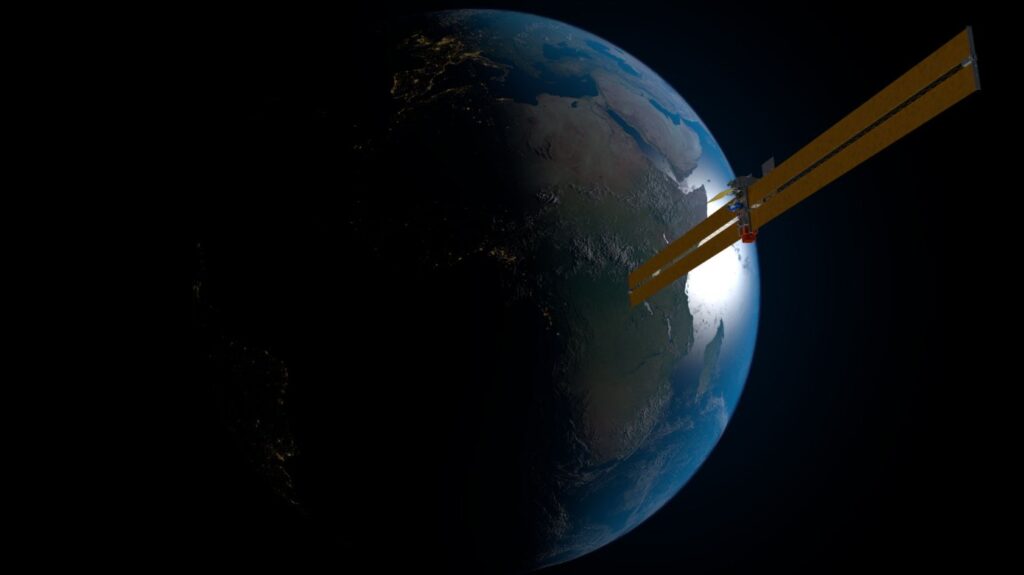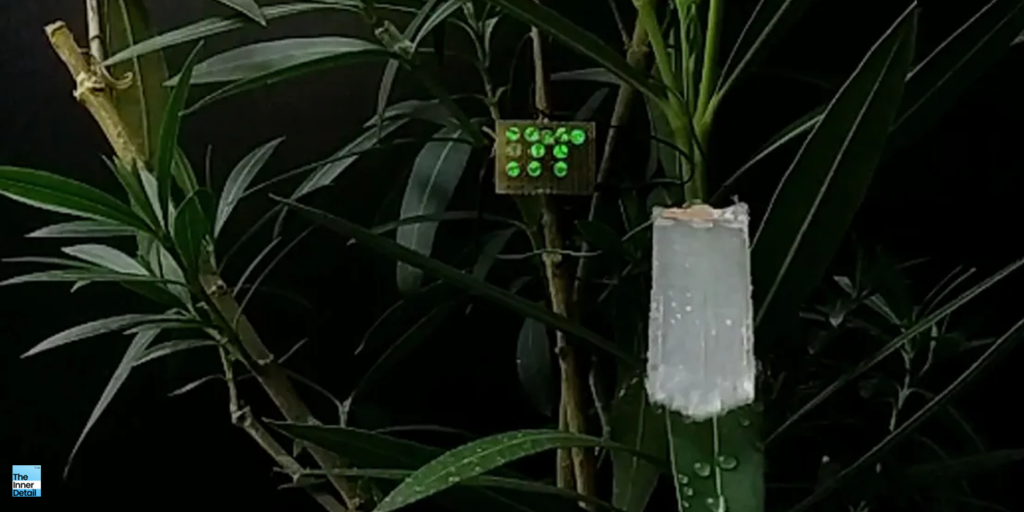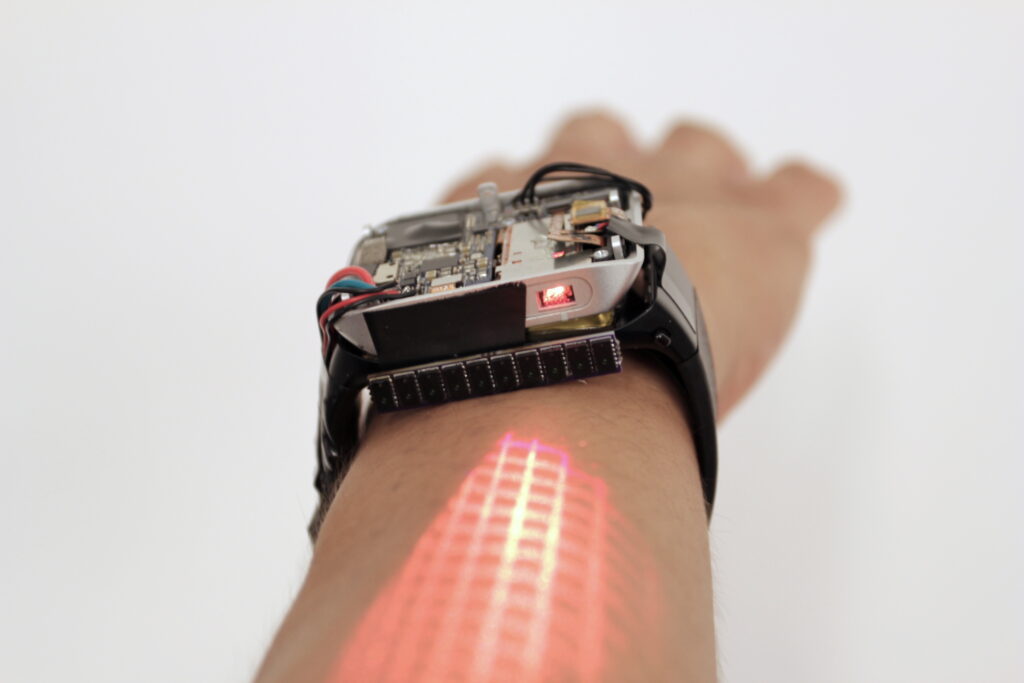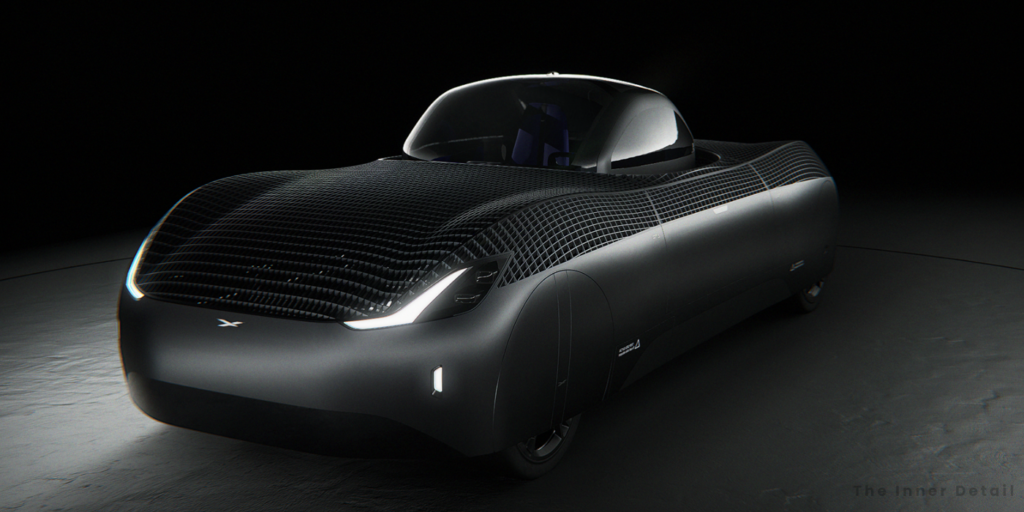In a nondescript building near NASA’s Ames Research center, Made in Space commits their team on space manufacturing technology, to pioneer exploration objectives and sustainable space settlement. In context of space manufacturing, the company elaborated the design of how a satellite would manufacture and assemble itself in orbit (in space), paving the way for creating a space economy, on which humans rely to live on moon and mars and even make differences for businesses on earth.
Space Manufacturing
a robotic arm wrapped copper wire around pegs extended from spokes, both built by a 3-D printer. The machine was showing how it could make itself in space — starting just with the wire launched in a rocket.
Made in Space exaggerates the technology by creating a 3-D printer that builds material directly in space, a version of which is used on the International Space Station. “Our objective is to use robotic manufacturing is to go and stay in space. We want to enable the sustainable presence of humans in low-Earth orbit and beyond,” Andrew Rush, CEO of Made in Space said.
The cutting-edge firm, started in 2010, awarded a $73.7 million contract to demonstrate the ability of a small spacecraft to 3-D print objects and assemble itself in low-Earth orbit. The company’s self-building satellite, which also became World’s First of the kind, “Archinaut One” is scheduled to launch on 2022.
Archinaut One
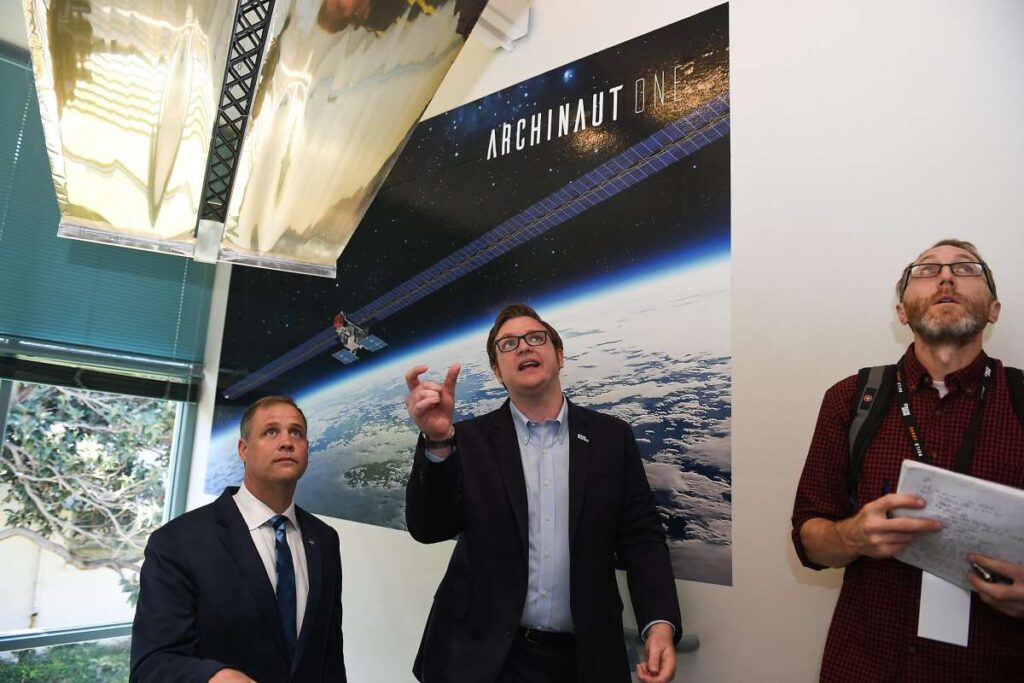
Launching a satellite core with feedstock into an orbit, alongside inputting its design, which possibly enables the robot-cum-satellite to build from within the core and assemble its structure, is far better than launching satellites made on earth, affirms Archinaut One.
Precisely, Archinaut will manufacture two ten-meter-long wings of solar arrays rather than launching a satellite which just have to unfold its solar arms, generating “as much as five times more power than traditional solar panels on spacecraft of similar size”.
The potential commercial applications are numerous. Most obviously, internet-via-satellite solutions require bandwidth, and, basically, power equals bandwidth. NASA Administrator Bridenstine, who extols how this work was done by a small business rather than by NASA proper, clearly prefers NASA as a customer of the private space sector, or better yet “one of many customers,” rather than owning / building new technologies itself. Archinaut One is in turn something of a prototype for eventual robotic construction of the controversial Lunar Gateway.
It could also make a difference for businesses on earth; Purchasing of space-built, high-speed fiber-optic cables by internet companies is an example, says Austin Jordan, Communication Manager of Made in Space.
Plastic Recycler
The Plastic Recycler is a robust, semi-autonomous manufacturing facility capable of processing polyethylene (PE) raw materials into usable 3D printing filament for the Additive Manufacturing Facility (AMF) aboard ISS. The Recycler will provide plastic sustainability and reuse on-orbit by converting the already 3D-printed objects or plastic packaging or even trash into feedstocks, to be reused by the printer.
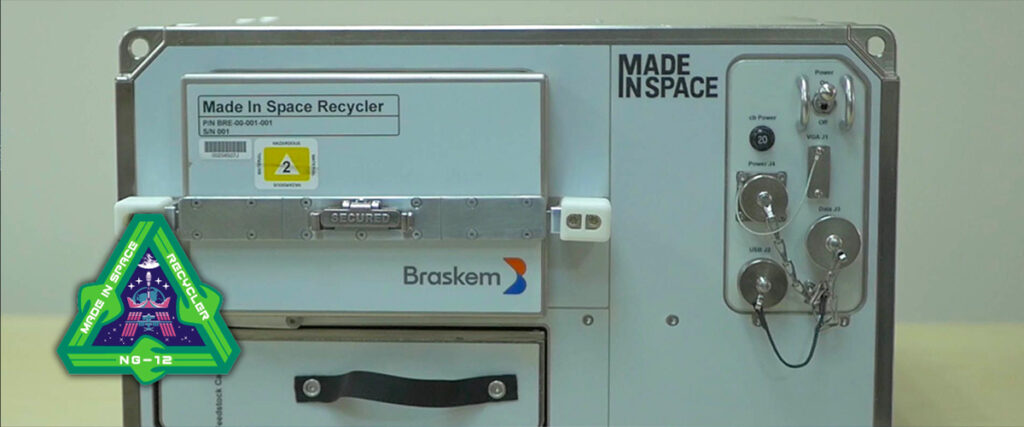
Partnering with Brazil’s Baskem, it will facilitate the reusability of materials to solve new problems as they arise whether on the International Space Station or in future crewed space exploration missions. The invention will improve the autonomy and sustainability of long-duration space missions, while also helping to reduce the cost and weight of payloads carried from earth.
Read Also: Starlink – Elon Musk’s Innovation of launching 42,000 Satellites for internet connectivity!
Commercial 3D Printer
Additive Manufacturing Facility (AMF), another hand of Made in Space is the first commercial 3D printer for manufacturing any objects, ranging from tools to large bulky objects in space. AMF remains as a Flagship technology of the firm, producing versatile, durable and reliable resources for government and commercial customers since its start in 2016.
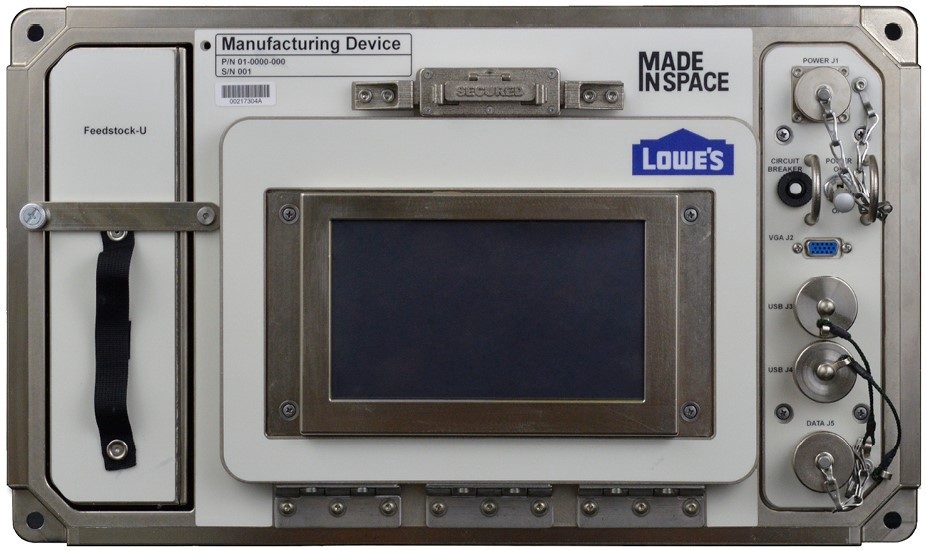
Currently it has produced over 200 tools, assets and parts in space.
The company doesn’t stop here. Another breakthrough step called “Project RAMA”, aims to convert lunar’s and asteroid’s regolith (a region of loose unconsolidated rock and dust that sits atop a layer of bedrock) into giant and autonomous spacecraft. It turns out that 70% moon dust mixed with 30% polymer nodules is boot up for effective 3D-printing.
Click this : How this Iron Man Suit could serve this Real World?

Epilogue
Made in Space also clarifies that space manufacturing rather than on the ground, courtesy of 3D printers and automated assembly, comes with many advantages. You can save volume by sending dense feedstock for 3D printers rather than capacious constructed objects. More importantly, if you don’t have to build to survive the traumatic forces of launch, you can use more fragile designs, and hence less mass.
Will experience more space manufacturing, which may extend to even construction for habitat, in future; Who Knows!
Check it out: Hyperloop by Virgin group could be the Next Level of Transportation
Reference:
